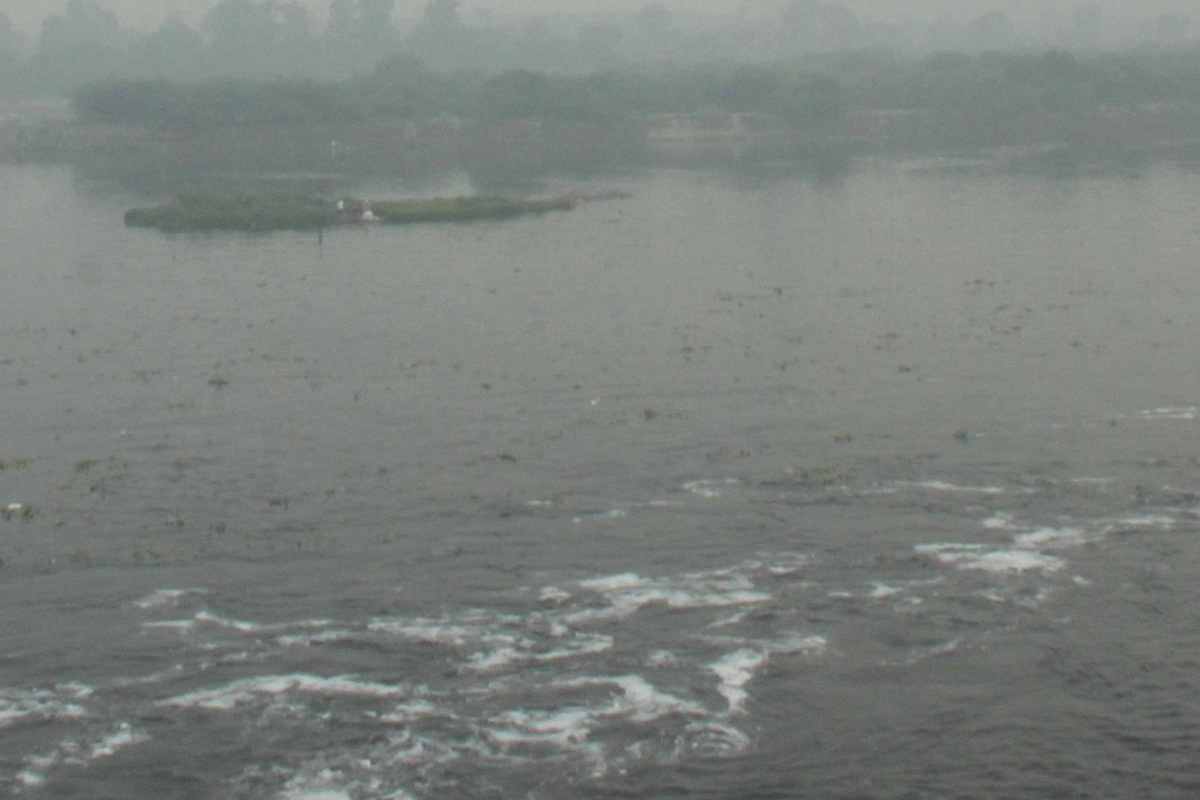3-year-old tragically killed in tempo accident in South Delhi
The severely injured child was immediately rushed to Fortis Hospital, Vasant Kunj, but was declared brought dead by the attending doctors.
The photos come at a time when Delhi and its adjoining NCR region is grappling with unprecedented PM 2.5 levels and the Delhi government had to issue a health advisory and asking people to “remain indoors”.

Photo: IANS
Pictures of thousands of devotees in Delhi offering Chhath prayers standing knee deep in toxic foam in Yamuna river has not only shocked the national capital but the entire world.
Engulfed in heavy smog, as the Chhatt devotees over the weekend walked into the white froth, one could have almost mistaken it for a snowy lake, but it was actually industrial toxin-laced water where many devotees were forced to offer prayers during their puja to the sun god, who was almost invisible anyway due to the heavy pollution.
Advertisement
People doing #Chhat Puja in Yamuna river in Delhi. This is our hygene level. @narendramodi @AmitShah @ArvindKejriwal @MCDdelhi#OddEven #DelhiNCRPollution #Chernobyl #DelhiAirEmergency pic.twitter.com/3cWKmZTBj8
Advertisement
— Mr. Sharma (@gaurav_social) November 4, 2019
What was even more sad was some were even found clicking selfies, standing next to the environmental disaster. The 855-mile Yamuna river provides three quarters of Delhi’s water needs. Hundreds of polluting industrial units pollute the river everyday, regardless of the fact, its a source of Delhi’s water woes.
The photos come at a time when Delhi and its adjoining NCR region is grappling with unprecedented PM 2.5 levels and the Delhi government had to issue a health advisory and asking people to “remain indoors”.
Interestingly, the pictures bear a grim reminder of the state in which Delhi is at a time when a study found, a whopping 41% of the Delhi and NCR population are suffering from severe heavy metal toxicity. According to a survey conducted by Daivam Wellness, metals like aluminum, mercury, lead, arsenic, cadmium were the most commonly found metals in these patients.
Advertisement